When Marvel’s 2099 line of comics appeared in the early ’90s, they were emblematic of the overzealous comics boom of the era: foil covers, extreme variations of familiar superheroes, and like most new books of the time, they provided new #1 issues to invest in, slip into mylar, and never read. The subsequent comics industry bust, partially due to the severe overprinting of these and similar books, has kept them stuck in dollar bins for almost 30 years.
As a junior high school kid just getting into comics, but too nervous to pick up the ‘for mature readers only’ Vertigo stuff that seemed so enticing at the time, I became entrenched in superhero comics like Marvel’s Maximum Carnage arc, and especially the new jumping-on point of 2099. I spent a lot of time in the pages of Spider-Man 2099 and Doom 2099, and drawing giant, door-sized posters of the excellent costume designs, but I don’t remember too much of the stories. X-Men 2099 came along a little later and left even less of an impact. 30 years later, I’m wondering why.
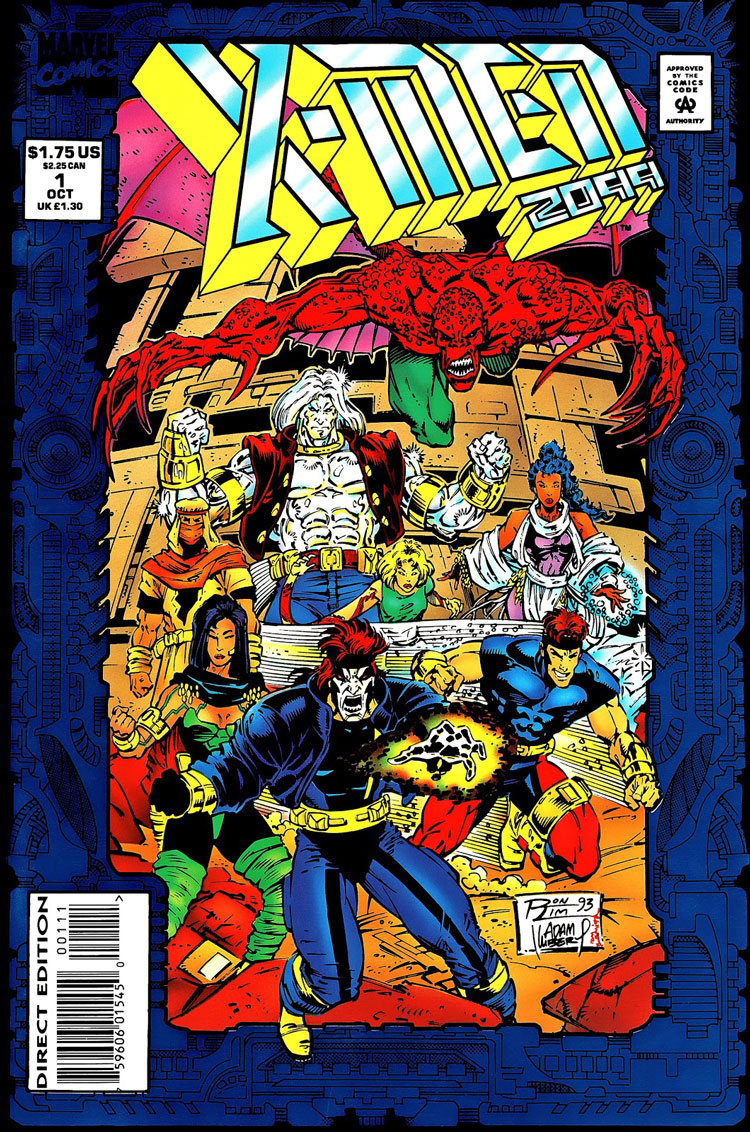 Imagine a world where the United States is a hopeless place that’s been sliced up by mega-corporations; the rich get richer and the suffering poor are only allowed to subsist, kept alive by nothing more than the empty promise that the American Dream is still alive. Violence is normalized, and law enforcement is questionably motivated at best. Self-interest exists above all else, and anyone who isn’t motivated by that is bound to be crushed by the weight of the world. Morality is baggage you can’t afford to carry.
Imagine a world where the United States is a hopeless place that’s been sliced up by mega-corporations; the rich get richer and the suffering poor are only allowed to subsist, kept alive by nothing more than the empty promise that the American Dream is still alive. Violence is normalized, and law enforcement is questionably motivated at best. Self-interest exists above all else, and anyone who isn’t motivated by that is bound to be crushed by the weight of the world. Morality is baggage you can’t afford to carry.
It’s probably in the top five themes that science fiction has relied on for the last hundred years, but somehow, we still let a lot of it actually, really happen. And it’s a big reason why reading the world of 2099 feels so depressing today. It’s not that the scenarios set forth by 2099 were prescient; it’s that this kind of scenario has always been obvious, and we’re still careening into it.
Add to this the fact that X-Men has always been a pretty bleak book. It’s foundations lie in the idea of fighting persecution, and even after decades, mutants have barely made any consistent headway. Robotic Sentinels still appear and murder mutants, and mutants are still shuffled off to their own schools where they can be kept separate. Sure, there are moments of relief from the constant anxiety of being othered, but it never seems like anyone in the X-Men is actually happy about anything, ever. X-Men isn’t even really a comic about saving the world. It’s a comic about never-ending existential, emotional misery, and that’s carried over into X-Men 2099. And that’s no fun.
The series begins with the man who would later be known as Skullfire seeking some purpose after some undisclosed trauma, and showing up at what’s basically Burning Man for secret mutants. I’m going to bold all of the character names for a reason; there are tons of them. A ridiculous, suffocating number of them.
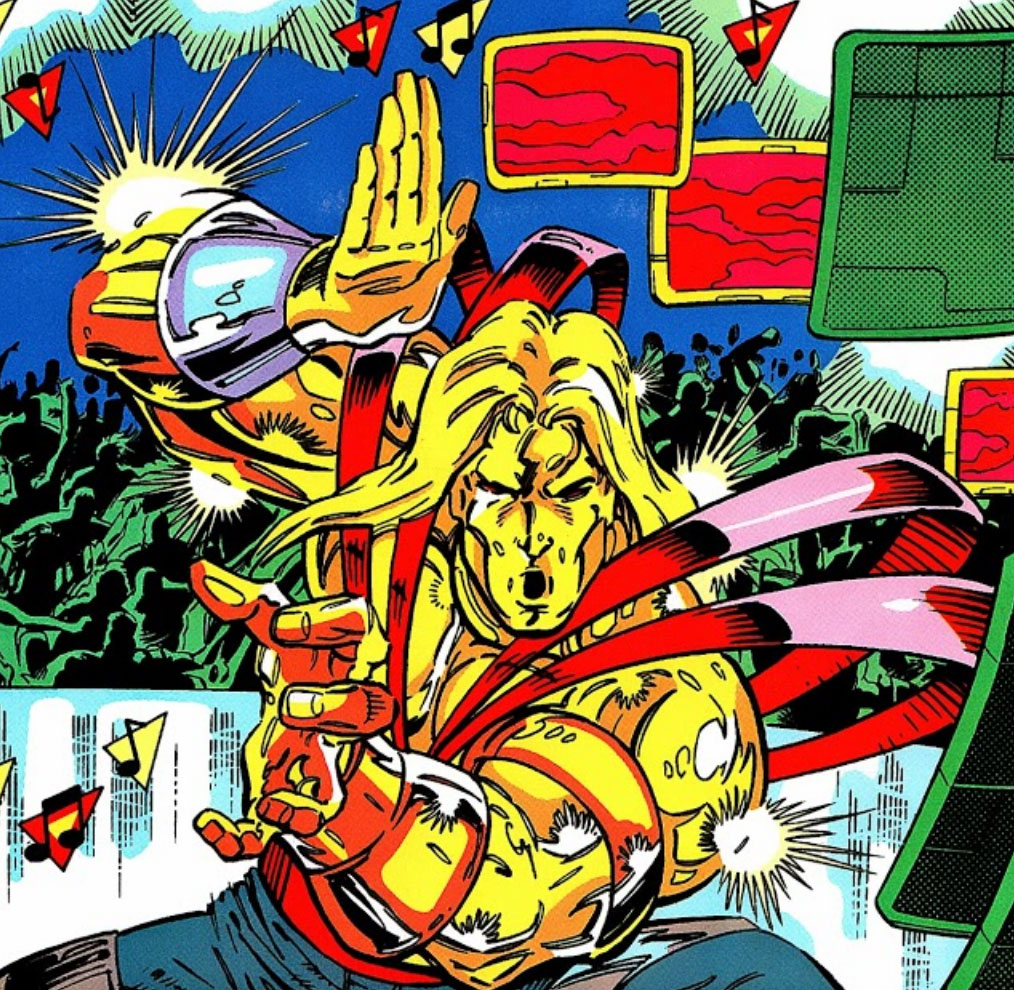
The party Skullfire shows up at doesn’t last long, however, because the leader of the underground movement, Xi’an (an obvious Professor X parallel, ‘X’ and all), is accused of the murder of powerful old businessman Noah Synge. The Synge private police force shows up, shoots Xi’an, and the whole gang goes on the run while seeking medical help for Xi’an, who is forming a healing cocoon around himself. They’re also trying to reassemble a new generation of X-Men, who are seen as legends at this point in time.
It’s a rapid-fire introduction of a lot of stock characters : the mysterious drifter who wields great powers he doesn’t yet understand, Meanstreak the fast guy, Shakti aka Cerebra the mind warper, Metalhead the material mimic, Junkpile the traitor, and Serpentina the girl who dies in the first few issues to show that this book means business. There’s also Krystalin, who makes crystals, and guest-mutant Bloodhawk who is only a reluctant part of this group. It’s a lot to remember and try to care about, but there were action figures to sell.
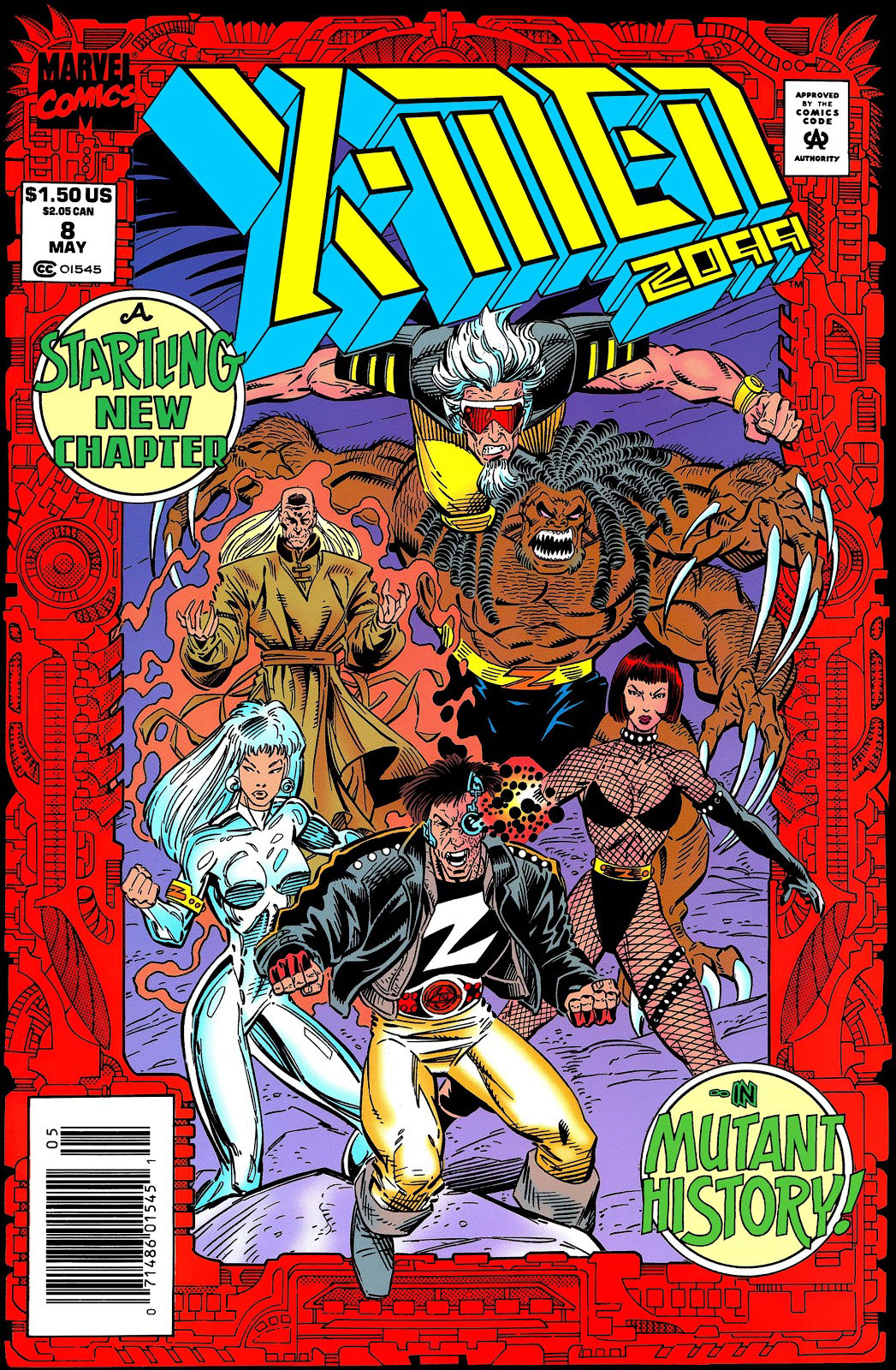 The parallels feel kind of lazy, but also probably necessary to tie these new weirdos to the classic X-Men. It’s not unnoticed by the writers, either; another team of pseudo-X-Men called “The Chosen” that they later encounter in issue #8, being led by radical Magneto analogue Zhao, has intentionally been created to mimic the legendary X-Men. This group is made up of Wingspan, Psycho-K, Frostbite, One-Eyed Jack, and Monster, all seen at right.
The parallels feel kind of lazy, but also probably necessary to tie these new weirdos to the classic X-Men. It’s not unnoticed by the writers, either; another team of pseudo-X-Men called “The Chosen” that they later encounter in issue #8, being led by radical Magneto analogue Zhao, has intentionally been created to mimic the legendary X-Men. This group is made up of Wingspan, Psycho-K, Frostbite, One-Eyed Jack, and Monster, all seen at right.
Had enough weirdo new characters? Issue #6 introduces The Freakshow : Psyclone, Breakdown, Tantrum, Contagion, and uh… Dominic, all led by underground resistance fighter Mama Hurricane. And before that, in issue #2, a bunch of human “enforcers” called the Rat Pack show up to quickly get their butts kicked, consisting of The Dealer, Suicide King, Mr. Entertainment, and The Chairman, all of whom are disposable (but show up again in Issue #16), like the rest. This rapid succession of super-teams is a clumsy attempt at world building, each character shouting their name when they arrive like Flavor Flav, and it all feels like a transparent attempt to get at least one character to land, in order to secure a perpetual licensing paycheck.
The villains get a little more creative, even if they’re also extremely edgy ’90s character ideas. The first interesting set of villains encountered who don’t seem to be standard evil businessmen (but work for businessmen anyhow) are the Theatre of Pain, La Lunatica, and Controller-13, who is one of the most confusingly drawn villains ever put on paper. It’s not clear if he’s a human, or a cyborg, or just an unfortunate pinhead, but his whole structure is more bewildering than imposing, which is true to some degree of many ’90s comic characters. Is there a head under there, or is it just a wad of gum and hair? Did someone skip head day at the gym? It’s an endless scroll of nonsense to get to this guy’s feet.

Because we’re still in edgy territory, their job is to harvest pain from unwilling victims and resell it to perverts.
Between issues #5 and 6, we’ve already headed into a crossover with all of the other 2099 books, involving Thor 2099. It’s a tremendous mess of interconnected titles, forced buying, and an avalanche of characters that are barely indistinguishable from one another, made more difficult by many of them being drawn so oddly that they’re both featureless and overly detailed at the same time, like this guy.
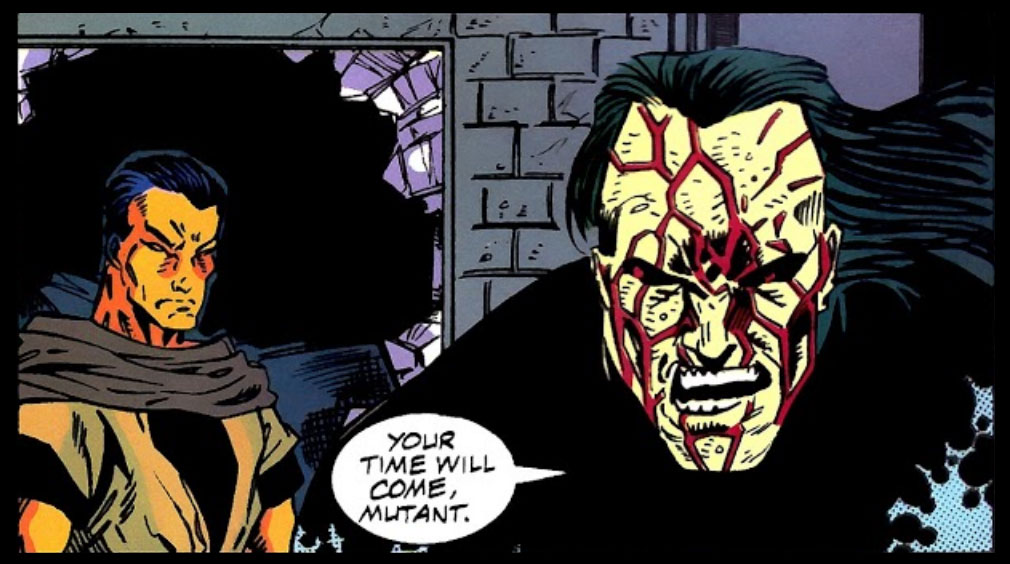
Throw in a few moments that are so weirdly drawn and it became a little hard to want to care. Villains who accidentally look like Beavis and Butthead are not encouraging.
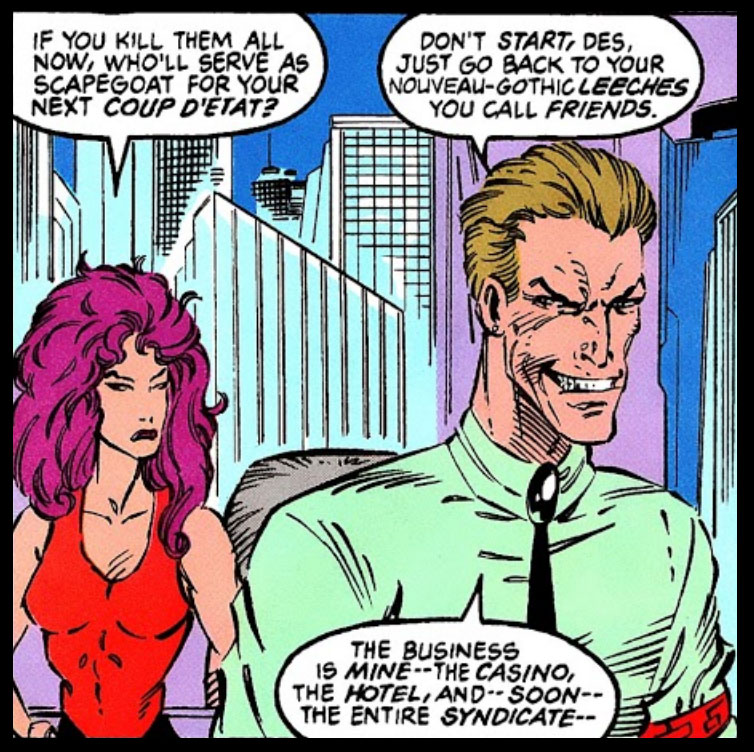
It’s not like Marvel didn’t get their top talent on this. Ron Lim, who drew the iconic Infinity Saga, provided all of the pencils here, but a lot of it just comes across like he was being asked to do too much at once. Maybe some of this can be blamed on the very choppy inks seen on some pages. This was also some of writer John Francis Moore’s first work on mainstream comics, so a lot can be forgiven when it comes to this absolute assault of characters. If I had my chance to write for Marvel, 40 years of combined hero ideas would probably come gushing out at once too.
The series ran for 35 issues, but by the end, sales had dropped by more than half. The real problem is that the first ten issues didn’t really seem to do much, aside from introduce a ton of throwaway characters, and make vague promises about bigger bad guys that didn’t pay off in a timely manner. The idea that a really cool new X-Men team will form also comes up a few times, but each time, it’s a misdirect. It’s never even really clear if these new guys are the new X-Men, or just a bunch of people hanging out together. By the end of #10, at least two of these gritty anti-heroes are presumably turning towards actual villainy, but nobody’s really been given enough time for readers to form a bond with them, so it lacks any impact. And in the bleakness of a dystopia, things have to be really, really interesting or stylish in order to keep an audience interested. So, what does this comic do well?
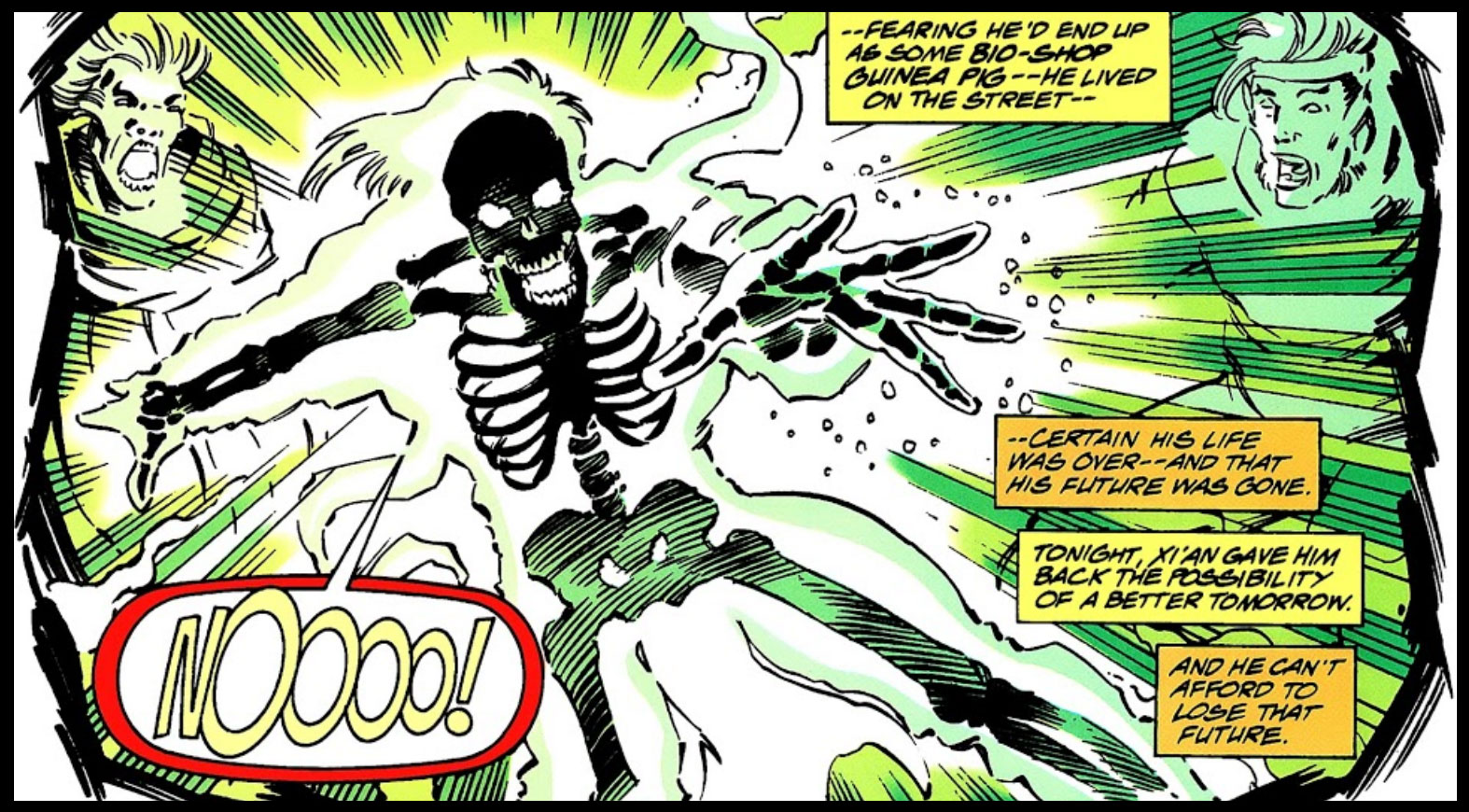
Cool panels like this. One of Marvel’s greatest mysteries is how this guy got the name “Skullfire” when it fits Ghost Rider so much better.
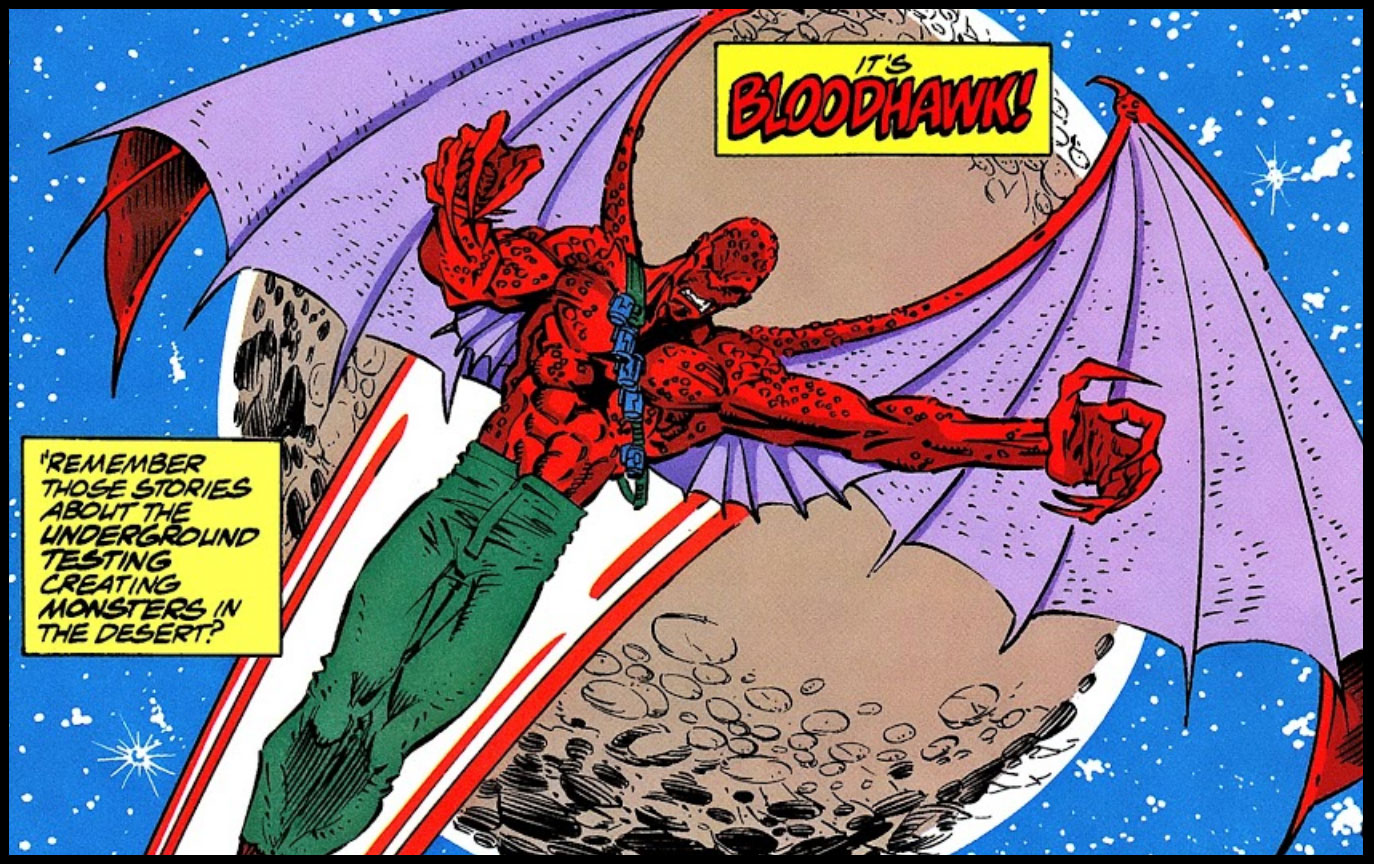
Overly-serious characters like Bloodhawk also have some true ’90s charm. He’s an environmental terrorist who’s also some demon-like shapeshifter with sharp claws and your standard set of too-cool-for-school superhero traits : strong, fast, tough. Bloodhawk captures a moment in comics maybe better than any other character introduced in X-Men 2099. It’s the era of Todd McFarlane’s Spawn, and the whole gritty anti-hero thing was in full force. All of these guys were perfect for action figures, and a whole bunch came out: a wave of heroes (and some villains) in 1995, followed by some more villains in 1996. And as was the custom of the time, none of the core female heroes got action figures; only reformed villain La Lunatica, who was eventually deemed too breasty and repainted to include more clothing. One-issue neutral good alien Shadow Dancer got his own figure, as did wonderfully stupid, shapeshifting, computer-chip-powered villain Halloween Jack. It’s pretty transparent.
Today, you can get pretty much any of these for under $10. Even ’90s nostalgia couldn’t rescue X-Men 2099 from the pile of unwanted memories. Not gonna lie… I want a Bloodhawk action figure now.
In retrospect, X-Men 2099 just doesn’t do anything to separate itself from the pack of similar ornery super-teams that showed up around the same time, but as a vehicle for creating action figures that never happened, X-Men 2099 is beyond comparison. It’s worth it just to read through issue #10 to see if you can keep track of everyone. Does it get better?
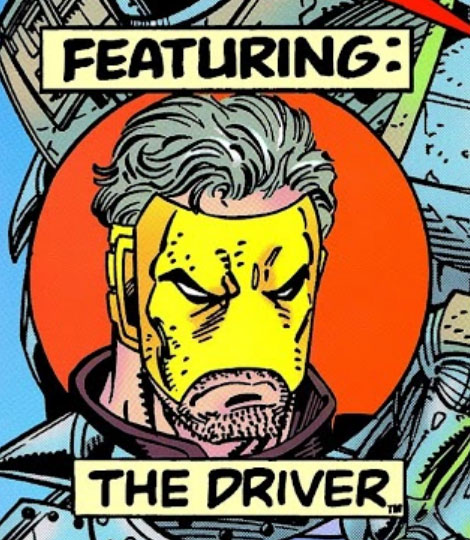
Issue #13 finally introduces a hint of an interesting concept. A man called The Driver, who’s been teased for at least five issues, reveals his plans at this point: in a world that’s extremely threatening to mutants, The Driver finds them and encodes them into a database, to be reconstructed when the world is safe again. But oops, the process destroys their bodies, so it’s a misguided mission of mercy, and the first time the book really feels like it’s getting into something deep. And then the comic whiffs it three times in rapid succession.
1. In the same issue, the database is destroyed.
2. The long-running implication that The Driver might be some mysterious, ageless figure from the past (like maybe Magneto?) never pays off, and he barely makes another appearance.
3. The mutant Junkpile suffers a seizure and his body subconsciously starts collecting scrap metal from all around The Driver’s super high-tech garage, with the idea that he’s just going to keep on turning into an even larger and more threatening cyborg, totally out of control… and then it just stops. He gets healed.
All of these fun ideas that just sputter out as a heretofore meaningless super-villain with dumb teeth and giant horns shows up to recruit mutants to his own evil group. And the series trudges on through more dull, meandering issues. So maybe that’s the value here. This is where the ’90s went wrong : comics for comics’ sake, and not because there was some amazing story to tell, but to fill a space. It’s a case study in excitedly telling a really boring story. It’s execptional for a little bit of nostalgic time travel, but this isn’t fiction that does anything revolutionary.
Only the first 9 issues of the series were ever collected into a trade, but it’s still cheaper to just pull 25 issues from a dollar bin and get three times as much reading.
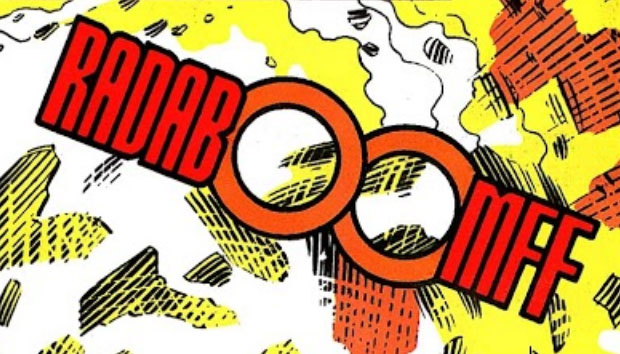
All comic images are copyright Marvel Comics and presented here for the purposes of criticism & commentary.
 C. David is a writer and artist living in the Hudson Valley, NY. He loves pinball, Wazmo Nariz, Rem Lezar, MODOK, pogs, Ultra Monsters, 80s horror, and is secretly very enthusiastic about everything else not listed here.
C. David is a writer and artist living in the Hudson Valley, NY. He loves pinball, Wazmo Nariz, Rem Lezar, MODOK, pogs, Ultra Monsters, 80s horror, and is secretly very enthusiastic about everything else not listed here.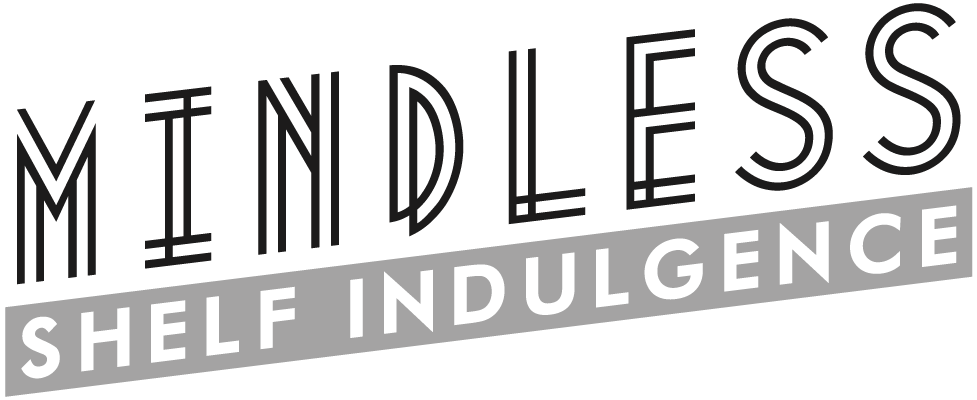
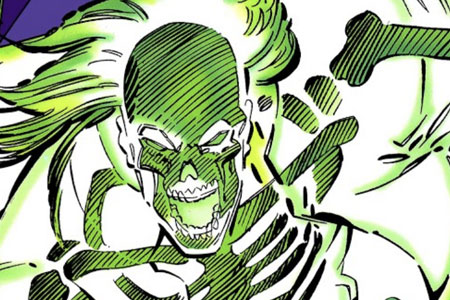
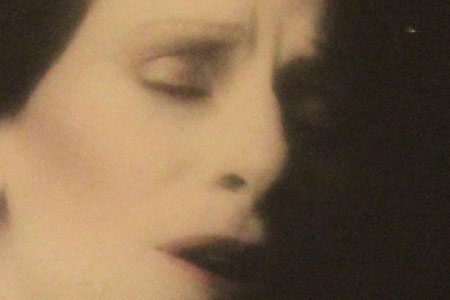
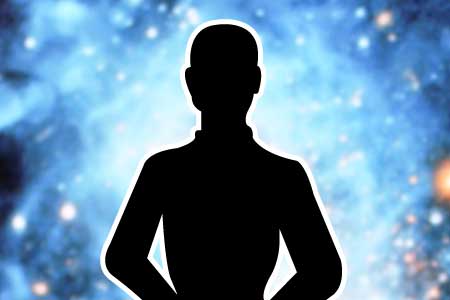
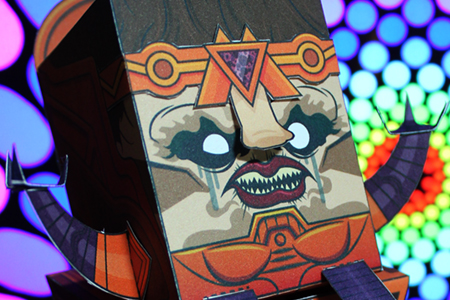
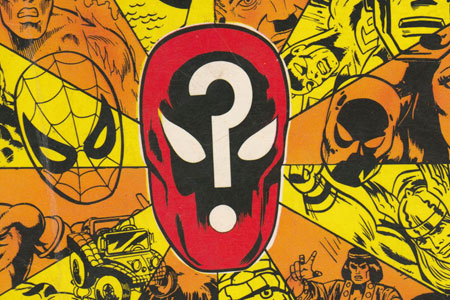
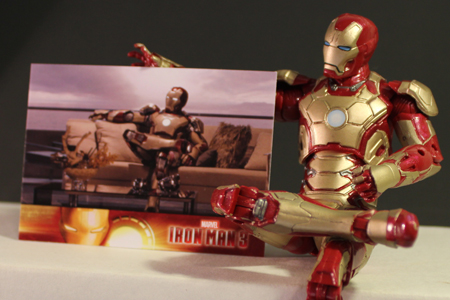

Comments are closed.